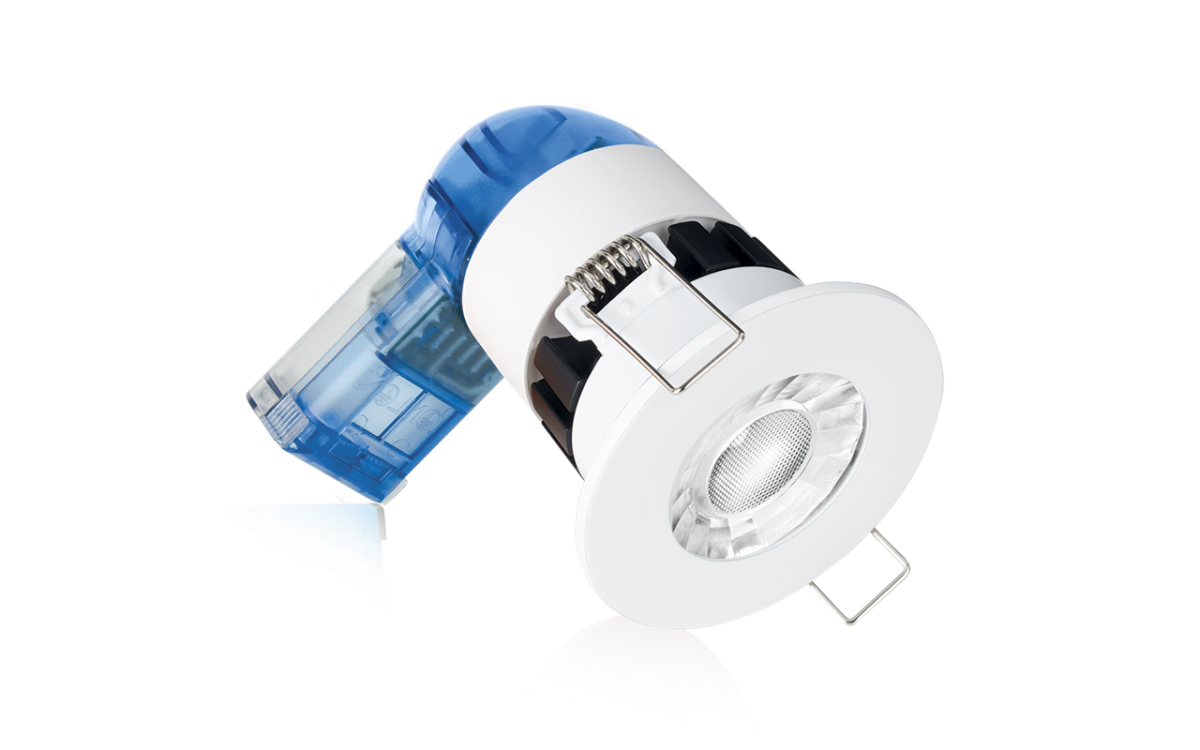What are professional LED lights? Leave a comment
Lighting industry knows two types of lighting – lights made for mass market and lights made for lighting professionals (architects, interior designers, contractors, electricians, lighting designers).
Cheap low quality mass market lights have been a big problem for professionals and too often consumers also. Main issues conserning light tone, durability and poor build quality.
Due to the wide quality differences (that are often hard to determine during buying) industry standards have been now more regulated and improved by Global Lighting Association, EU directives and by local governments.
Starting from Sptember 2021 new EU directives set higher standards to flicker, effeciency and labelling. To be noted that selling lower quality items is still allowed to give buffer time to clear stock. After September 2023 products that not comply to EU 2019/2020 Single Lighting Regulation (SLR) and the new EU 2019/2015 Energy Label Regulation (ELR) selling is also not allowed. But importing to EU and producing such lighting is prohibited from September 2021.
What aspects should you know regarding professional LED lighting compared to other lighting:
Light Tone
- In professional LED lighting projects accordance to KELVIN color temperatures is very important and regulated by industry standards.
- Color measurement relies on complex sensors that require frequent calibration using a standardized methodology. Sometimes, these are not followed by either the color measurement device manufacturers or the operators in charge of maintenance. As a result, you may see a minor difference in color between two different brands/models of LED, even if they both claim to be the same color.
- A good manufacturer should be able to guarantee a tolerance level of +/- 100K at warm white color temperatures, and a level of +/- 300K at cool white color temperatures.
- Hint: If color matching is absolutely crucial, ask your supplier about binning and/or a sample.
- Light tone is often only marked with words “warm white”, “daylight white” with no indication to Kelvin
- or the Kelvin value is given in a range “2800K-3200K” that indicates you can not expect either traditional 2700K or modern 3000K light and lighting effect might not meets your expectations.
- Color temperature does not include information about green or pink tints. This is commonly called the Duv metric and is overlooked in LED specifications. If you are using LED for a color sensitive application, and you notice one LED appearing greener or pinker than the other, this could be a problem and people feel uncomfortable in this light.


